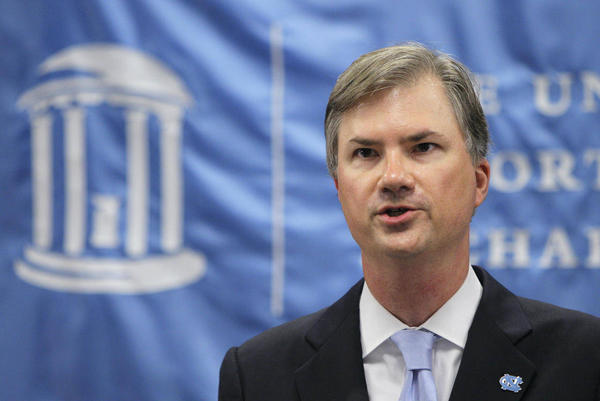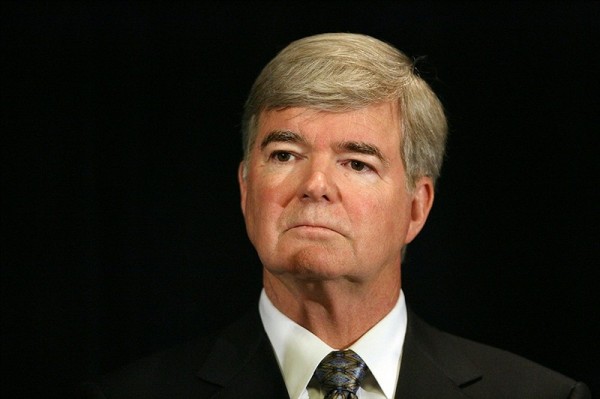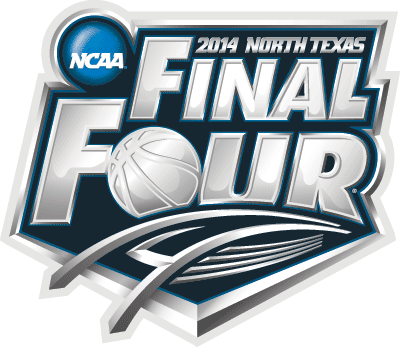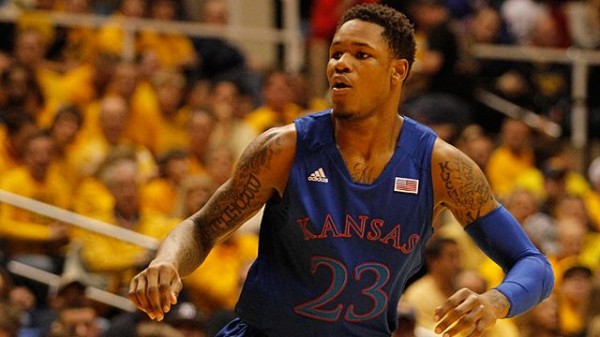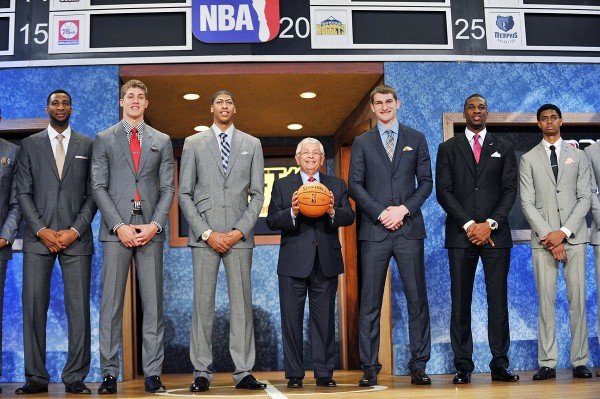Chris Johnson is an RTC Columnist. He can be reached @ChrisDJohnsonn.
The chorus of vitriol aimed at the NCAA will grow louder and louder over the next few months as college sports prepares for the landmark court case that could completely uproot its economic model. Well-reasoned critiques of the organization’s various hot debate points — the amateurism model, NCAA executives’ inflated salaries, the growing broad-scale realization that student-athletes aren’t entitled to the smallest slice of the massive TV revenue pie generated by broadcasts of their athletic competitions across as many television sets as humanly possible, president Mark Emmert – have become synonymous with any discussion of the NCAA, period. Enunciate the four-letter acronym, and be prepared for a deluge of denunciatory comments and generalized screeds about “exploitation” or “uncompensated labor” or, in its most extreme form, “slavery.” I have heard them all, and at this point, I’m ready to table the amateurism discussion for a while. If you’re looking for the next big date on the NCAA calendar, that’s June 20 – when the Ed O’Bannon group will file for class certification and potentially place the NCAA in extremely hot waters, with the very real possibility of inducing a settlement that could lead to direct concessions on the amateurism model everyone loves to hate.

Multi-year scholarships have been applied languidly across Division I athletics (AP Photo).
In the interim, there’s another NCAA-related topic that deserves your attention. When the NCAA passed a motion last year to allow Division I institutions the option of offering multiyear scholarships, one of the most frequently cited items on Emmert’s personally touted reform agenda, approval came and went without anyone paying much mind to one important fact: more than half of the 300 + Division I institutions voting on the matter flatly turned it down. According to the NCAA, who received ballots from 90 percent of Division I schools, the 62.12 percent voting against the measure fell just short of the required 65 percent disapproval rate. If the message wasn’t clear then, it certainly is now: most programs were never in favor of offering multiyear grants-in-aid, and the latest accounting on the matter reaffirms that premise in excellent detail. Thanks to some excellent reporting from Brad Wolverton and Joshua Newman of the Chronicle, the statistical realities of multiyear scholarship offerings have been laid bare for all NCAA-critics to supplement their typical dose of amateurism-related harangues with a new topic entirely. To the surprise of almost no one, the results plainly confirm the mixed opinions at the voting table last year.
Nearly two-thirds of the 56 most powerful Division I public universities now offer multiyear awards, according to a Chronicle review of public records. Yet few of those institutions do so for more than a handful of athletes.
It’s important to recognize one hugely important stipulation right off the bat: Emmert and his board of directors pushed this legislation through without any sort of sanction-backed enforcement clause. Schools are merely encouraged, not legislatively mandated, to offer multiyear grants-in-aid. As Wolverton and Newman note, there are select schools beginning to adopt the idea across select sports, and a few – such as Fresno State, which “handed out 425 multiyear awards this year”, one for every scholarship athlete – that have embraced the concept across all categories of Division I student athlete involvement: female, male, revenue-producing, and non-revenue producing. What you might be surprised to learn is the motivation behind using these recently-approved packages is far more nefarious than originally intended.
Read the rest of this entry »






























